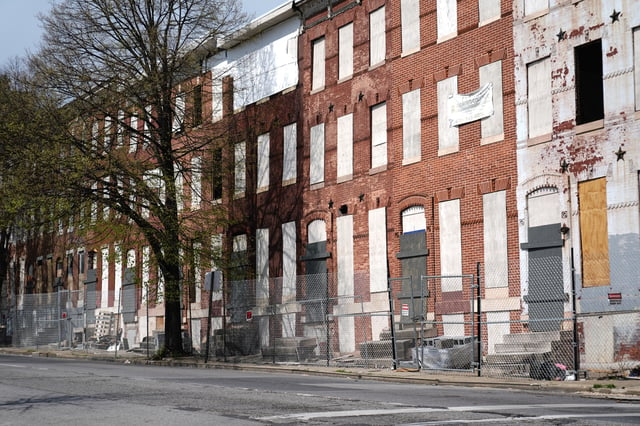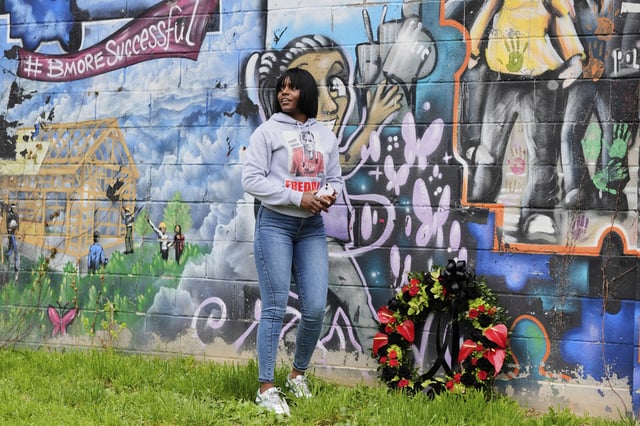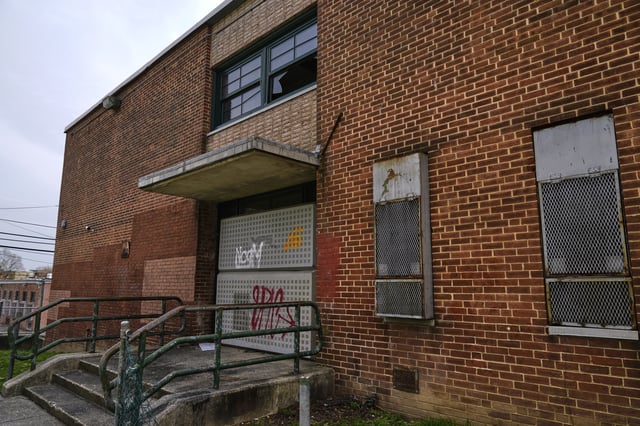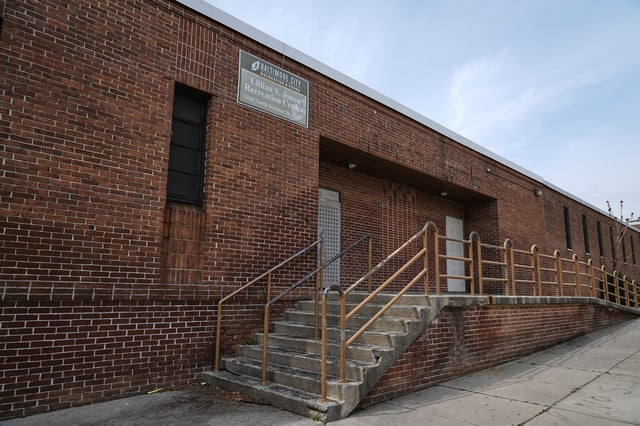Overview
- Freddie Gray’s death in 2015, ruled a homicide from injuries sustained in police custody, catalyzed national protests and a federal consent decree mandating reforms in Baltimore policing.
- A federal judge recently terminated two sections of the consent decree after finding sustained compliance in safe detainee transport and officer support services.
- The 10th anniversary of Gray’s death was marked by wreath-laying ceremonies and rallies, with Mayor Brandon Scott and Gray’s family calling for continued social justice efforts.
- Community activists acknowledge some progress, such as reduced violence and increased police accountability, but stress that systemic racial inequities and mistrust persist in Baltimore.
- Residents of Gray’s Sandtown-Winchester neighborhood express frustration over slow progress in addressing poverty, housing, and youth services despite promises of investment.



